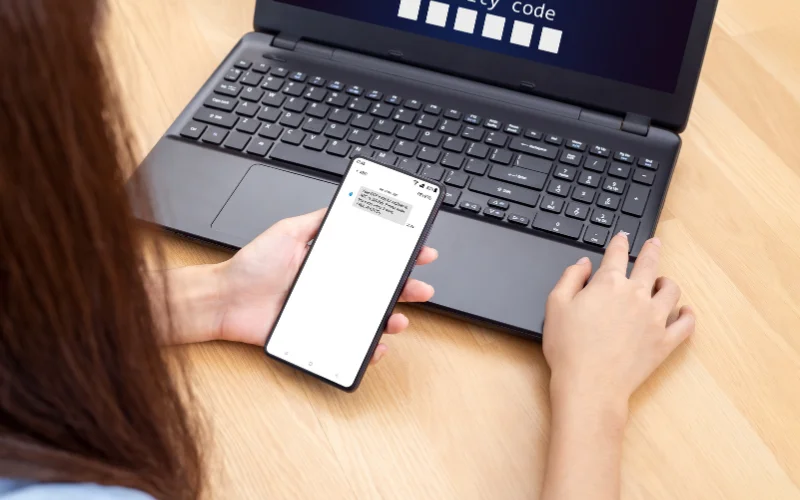Ever been stuck trying to log in somewhere important, only to find that crucial OTP just won’t show up? It’s more than just annoying – it can throw a wrench in your whole day. But here’s some good news: you’re not alone in this frustration. According to a recent study by Cybersecurity Ventures, OTP-related issues account for 30% of failed login attempts, highlighting the importance of understanding and resolving these problems. The even better news? Most of these issues have straightforward fixes. Let’s break down why you might be missing out on your OTPs and how to get back on track.
What is an OTP and Why Is It Important?
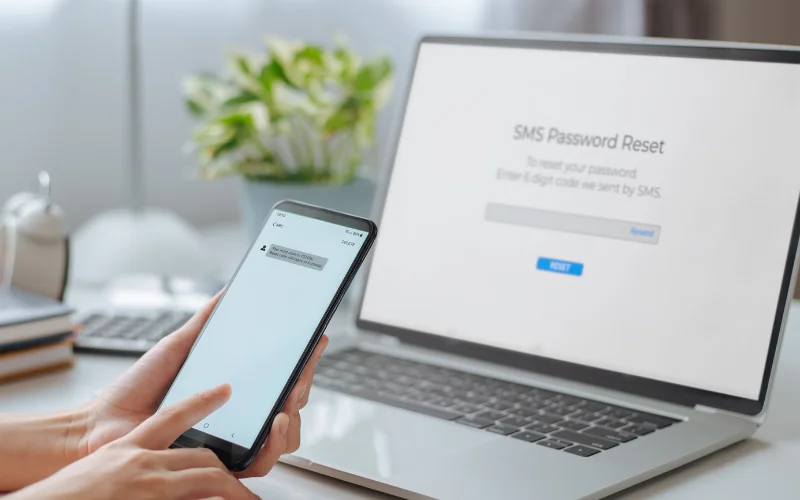
Before we dive into troubleshooting, let’s quickly cover what an OTP is and why it matters. OTP stands for One-Time Password – it’s a unique code sent to your phone or email to verify your identity when you’re logging in or making important account changes. In our digital world, it’s a crucial security layer, safeguarding everything from bank accounts to social media profiles. OTPs are a key component of two-factor authentication, providing an extra layer of security beyond just a username and password.
7 Common Reasons You’re Not Receiving OTPs
Quick Summary: Why You’re Not Receiving OTPs
- Network connectivity issues
- Incorrect contact information
- Full inbox or SMS storage
- Message filtering or blocking
- Outdated apps or software
- Server or service provider problems
- Device time synchronization errors
Now, let’s dive deeper into each of these issues:
1. Network Issues
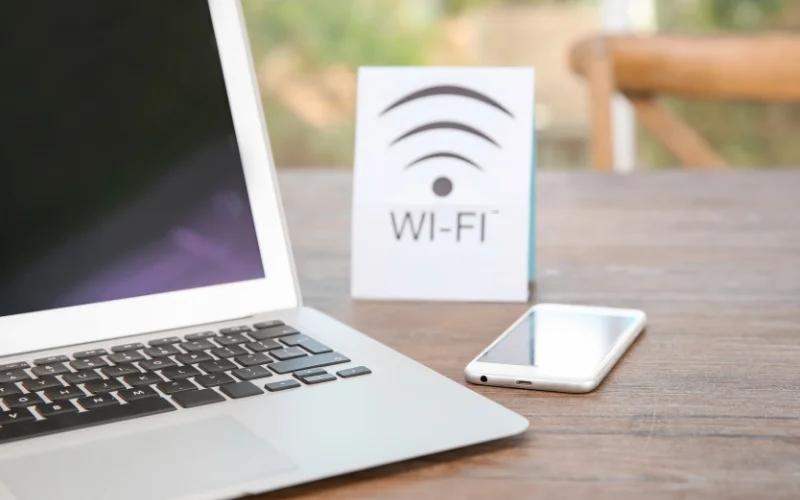
Is your phone showing full bars? If not, a weak cellular signal could be the culprit. OTPs often travel via SMS, so a spotty connection can lead to delivery delays or failures. Try moving to an area with better reception or connecting to Wi-Fi if you can.
2. Incorrect Phone Number or Email
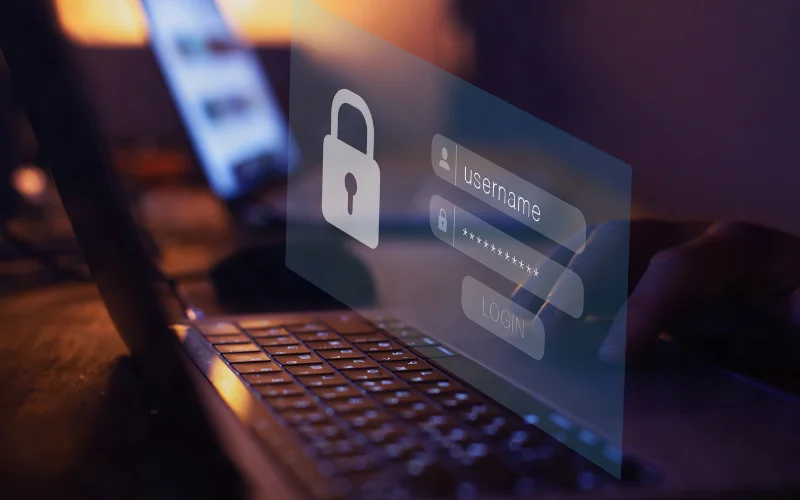
It’s surprisingly easy to mistype a digit or two, especially if you’ve recently changed your contact info. Double-check that the phone number or email address on file is spot-on. A quick visit to your account settings can clear this up.
3. Full Inbox or SMS Storage

If your message inbox is bursting at the seams, new OTPs might have nowhere to land. Take a few minutes to clear out old messages and make room for important notifications.
4. Blocked or Filtered Messages

Sometimes, overzealous spam filters can mistake OTPs for junk. If you’re waiting on an email OTP, check your spam folder. For SMS, make sure you haven’t accidentally blocked the sender’s number.
5. Outdated App or Software
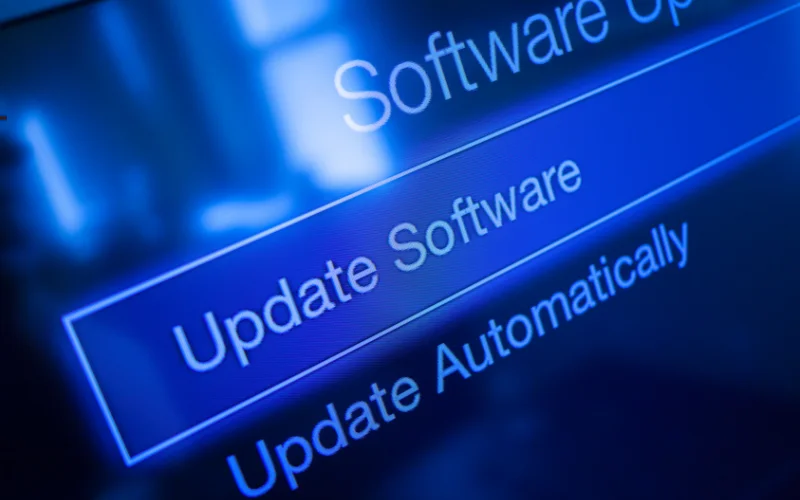
Using an outdated app or operating system can cause all sorts of quirky issues, including OTP delivery problems. Ensure you’re running the latest versions of your apps and that your phone’s software is up to date.
6. Server or Service Provider Issues

Occasionally, the problem isn’t on your end at all. Service outages or server hiccups on the sender’s side can disrupt OTP delivery. Check the company’s status page or social media for any reported problems.
7. Time Zone or Clock Synchronization Problems

Believe it or not, if your device’s time is off, it can mess with OTP systems. Make sure your phone’s date, time, and time zone are set correctly.
Step-by-Step Troubleshooting Guide
- Check your network connection and try toggling airplane mode on and off.
- Verify your contact information is correct in your account settings.
- Clear some space in your inbox or SMS storage.
- Check spam folders and blocked numbers lists.
- Update your apps and device software.
- Look for any reported service outages.
- Confirm your device’s time and date settings are accurate.
If these steps don’t solve the issue, it might be time to reach out to customer support.
Preventing Future OTP Issues
To keep OTP headaches at bay:
- Keep your contact info up to date
- Regularly clear out old messages
- Stay on top of software updates
- Consider using an authenticator app for a more reliable OTP experience
For more information on mobile security best practices, check out this guide from the National Cyber Security Centre.
Keeping Your OTP Secure

While troubleshooting OTP issues is important, it’s equally crucial to use them safely:
- Never share your OTP with anyone, including those claiming to be from your bank or service provider
- Be wary of phishing attempts asking for your OTP
- Consider using app-based authentication for enhanced security
When to Seek Help: Contacting Support
If you’ve exhausted all troubleshooting options, don’t hesitate to contact customer support. Before you do:
- Note down any error messages you’ve seen
- List the steps you’ve already tried
- Have your account details handy
Remember, support teams deal with OTP issues regularly – they’re there to help!
Frequently Asked Questions (FAQ’s)
Here are some frequently asked questions about why am I not receiving otp:
Q1: How long does it typically take to receive an OTP?
A: Usually, OTPs are sent instantly and should arrive within a few seconds to a minute. If you haven’t received it after 2-3 minutes, try requesting a new one.
Q2: Can I request a new OTP if I don’t receive the first one?
A: Yes, most services allow you to request a new OTP. Look for a “Resend OTP” option on the login page.
Q3: Are there alternatives to SMS-based OTPs?
A: Yes, many services offer email-based OTPs or app-based authenticators like Google Authenticator or Authy for enhanced security.
Q4: What should I do if I keep having OTP problems?
A: If you consistently face OTP issues, consider switching to an alternative authentication method if available, or contact your service provider for personalized assistance.
Final Thoughts
Don’t let missing OTPs keep you locked out of your accounts! By following these troubleshooting steps, you should be back in business in no time. Remember, most OTP issues have simple fixes – it’s just a matter of pinpointing the problem. If you’ve tried everything and still can’t receive your OTP, reach out to your service provider. They’re equipped to help you resolve the issue. Stay secure, and here’s to smooth logins ahead!
Have you experienced OTP issues we didn’t cover? Share your experiences in the comments below to help others troubleshoot their OTP problems!
Read Next: TTM Meaning Text: What Does TTM Mean in Messaging?

